Roofing Services in Brentford protect your property’s value and safety—preventing leaks, damp, and energy loss before they spiral into major costs. Our work spans London and the Home Counties (Kent, Surrey, West Sussex, Berkshire), with every project meticulously handled for compliance, care, and years of reliable performance.
With decades of experience, accreditations like Which Trusted Trader and CITB, and premium suppliers such as Welsh Slate, ALM Lead, and Kemper, we deliver roofing that stands up to scrutiny.
Book a free survey today and protect your property.

Neglecting your roof leads to far more than just leaks—expect insulation failure, energy loss, and creeping structural issues. Delaying action only escalates repair costs and risks for any owner.

Professional Roofing Services in Brentford mitigate these risks: ensuring robust weather protection, increased energy performance, and full compliance with building regulations. Homeowners gain peace of mind, landlords protect long-term value, and business owners ensure safety with minimal disruption—proactive roofing is a secure investment in every scenario.
Roofing Services in Brentford covers installations, repairs, upgrades, and restorations for homes, businesses, and heritage properties. Each service delivers long-term performance, regulatory compliance, and quality, using materials from trusted suppliers. Every solution is tailored—prioritising safety, durability, efficiency, and your property’s unique profile.
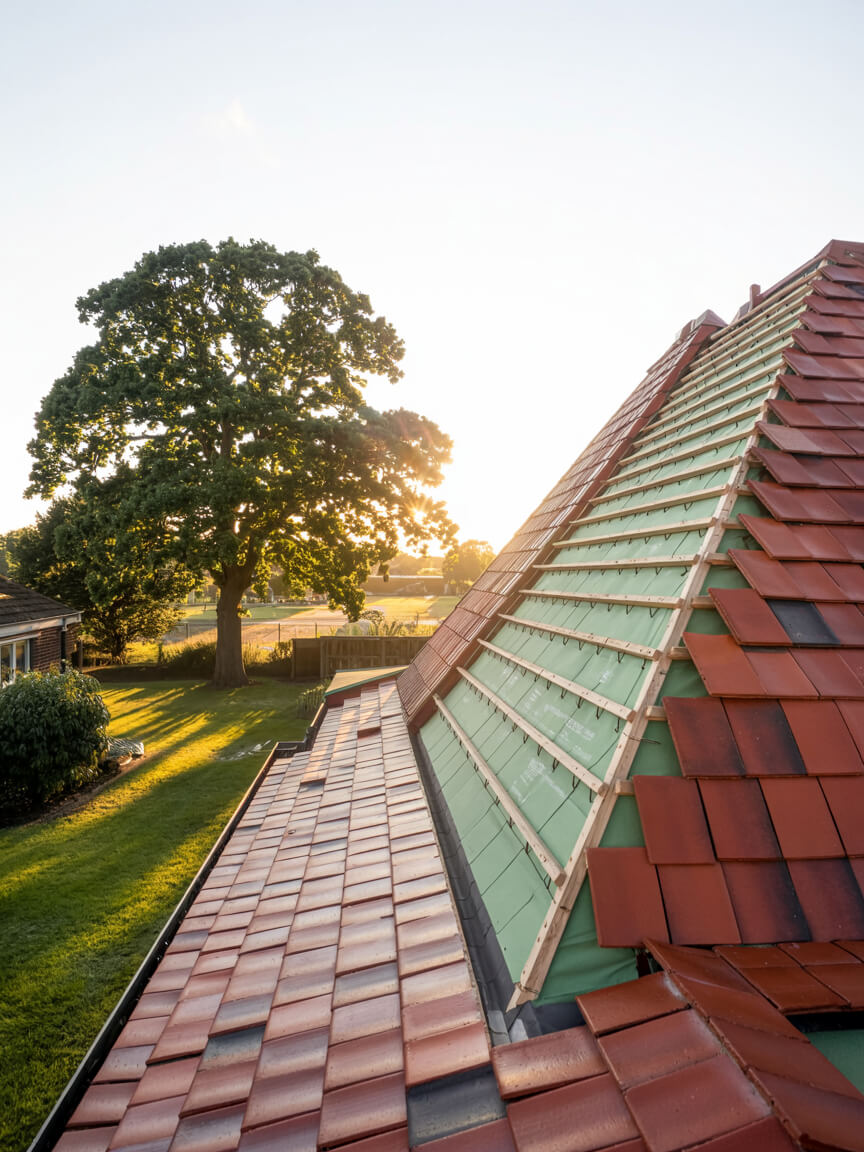
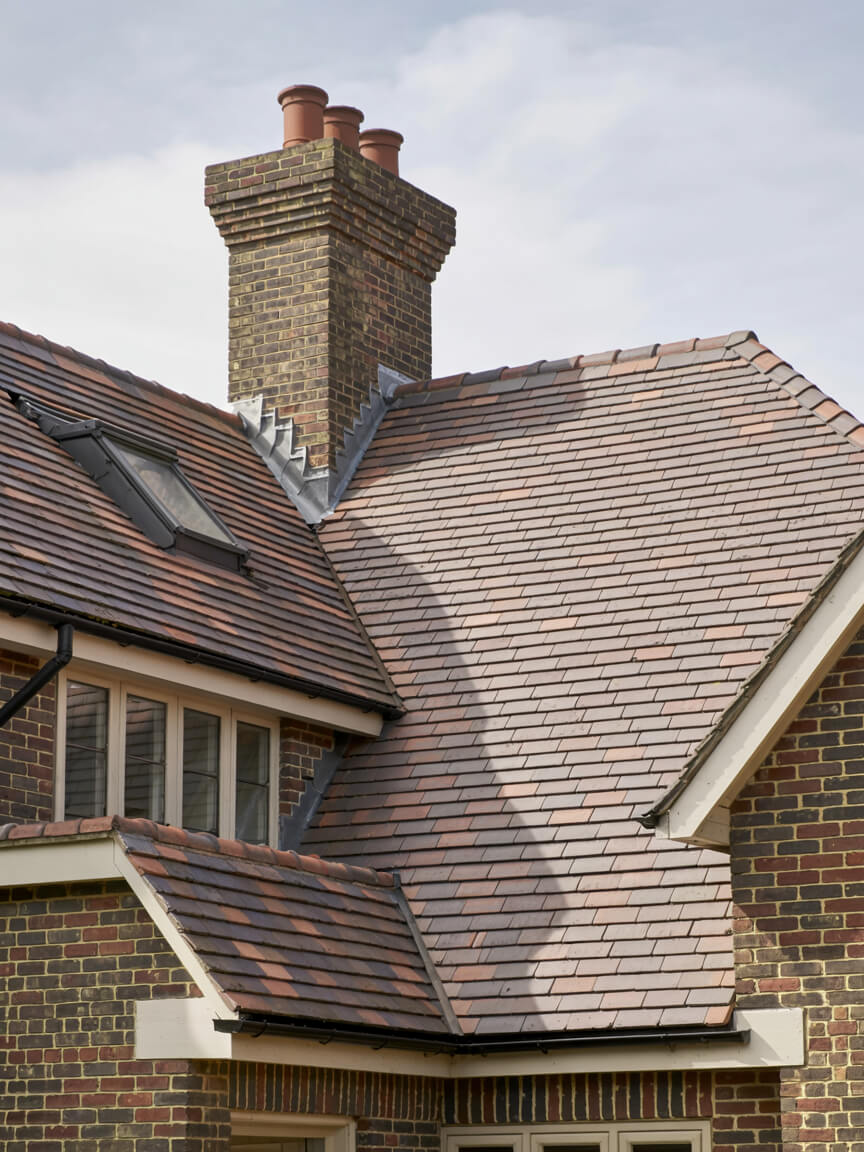
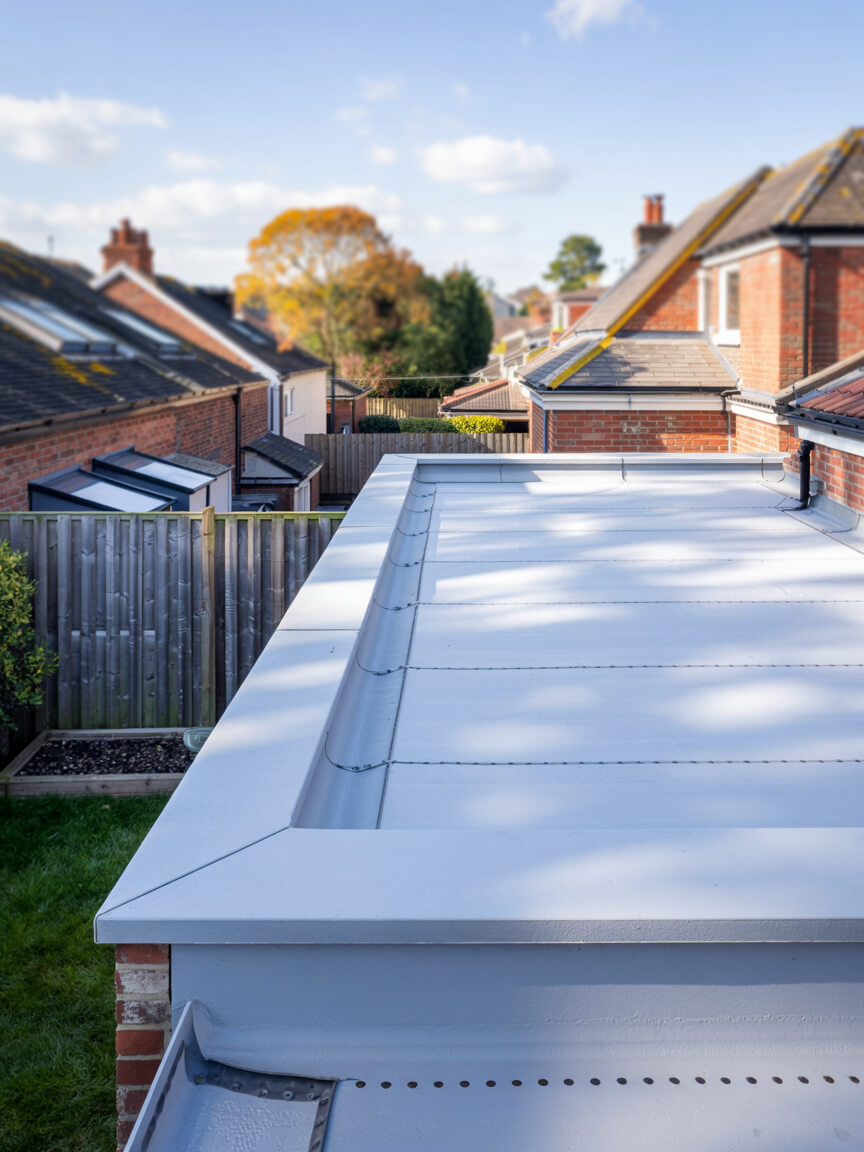
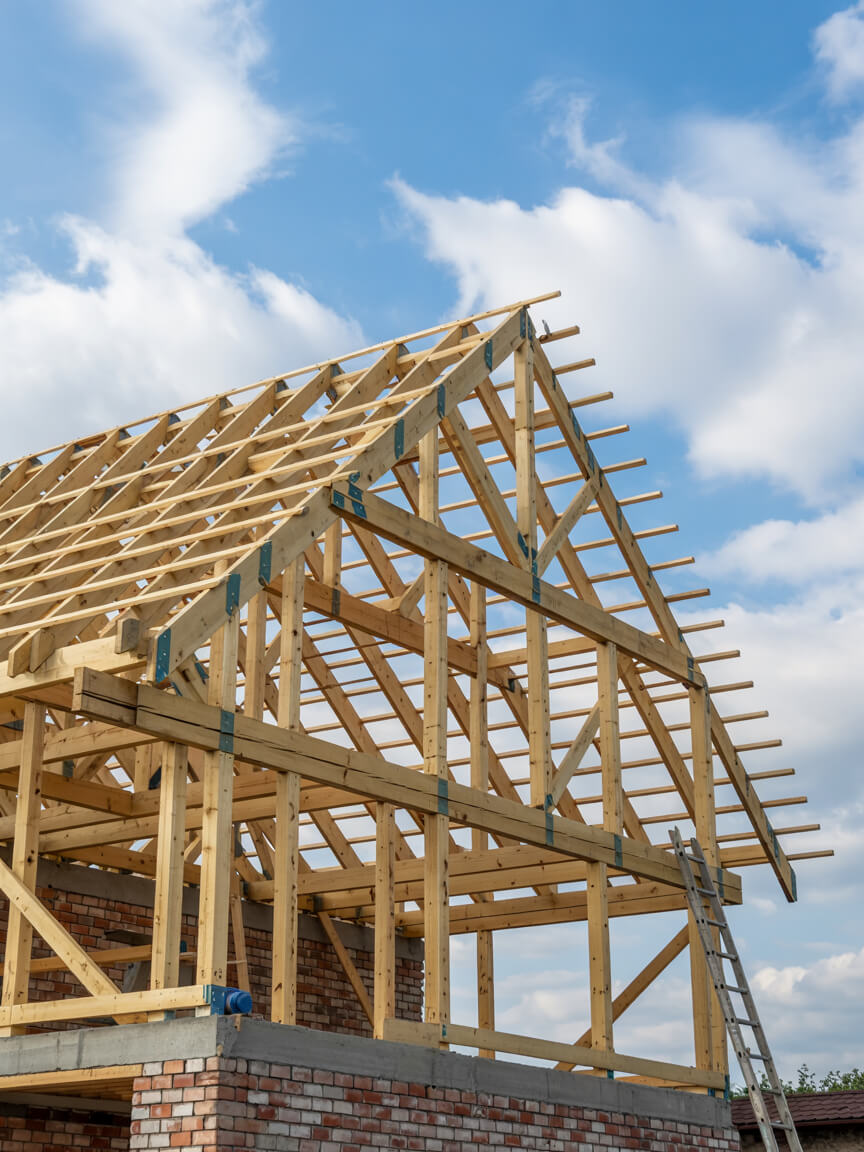
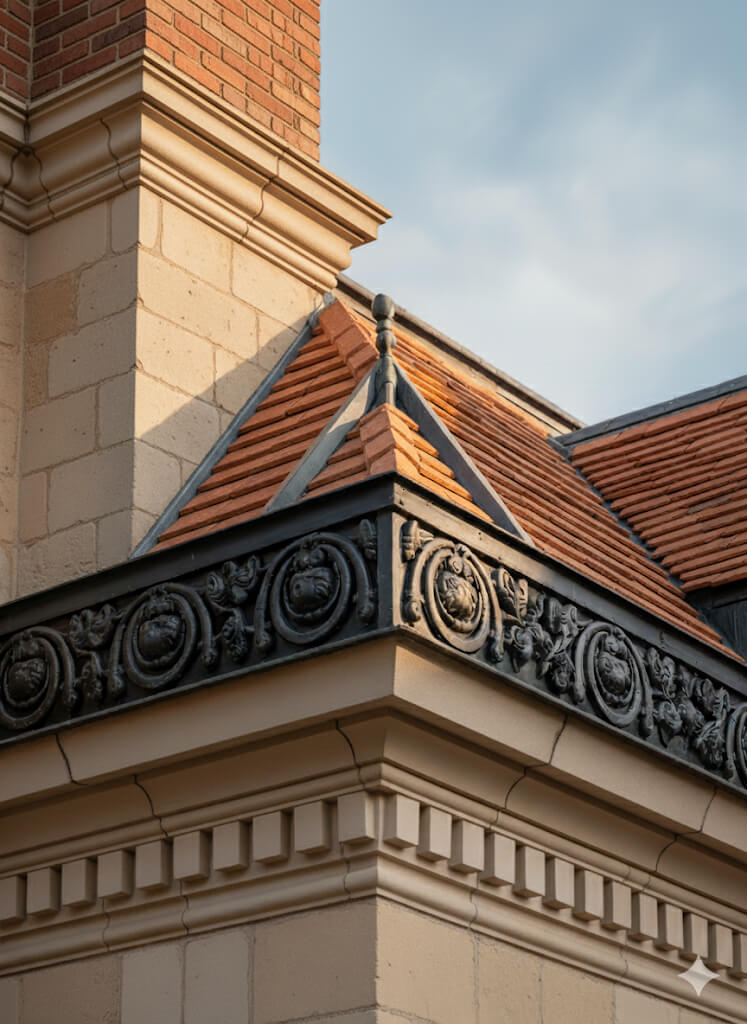
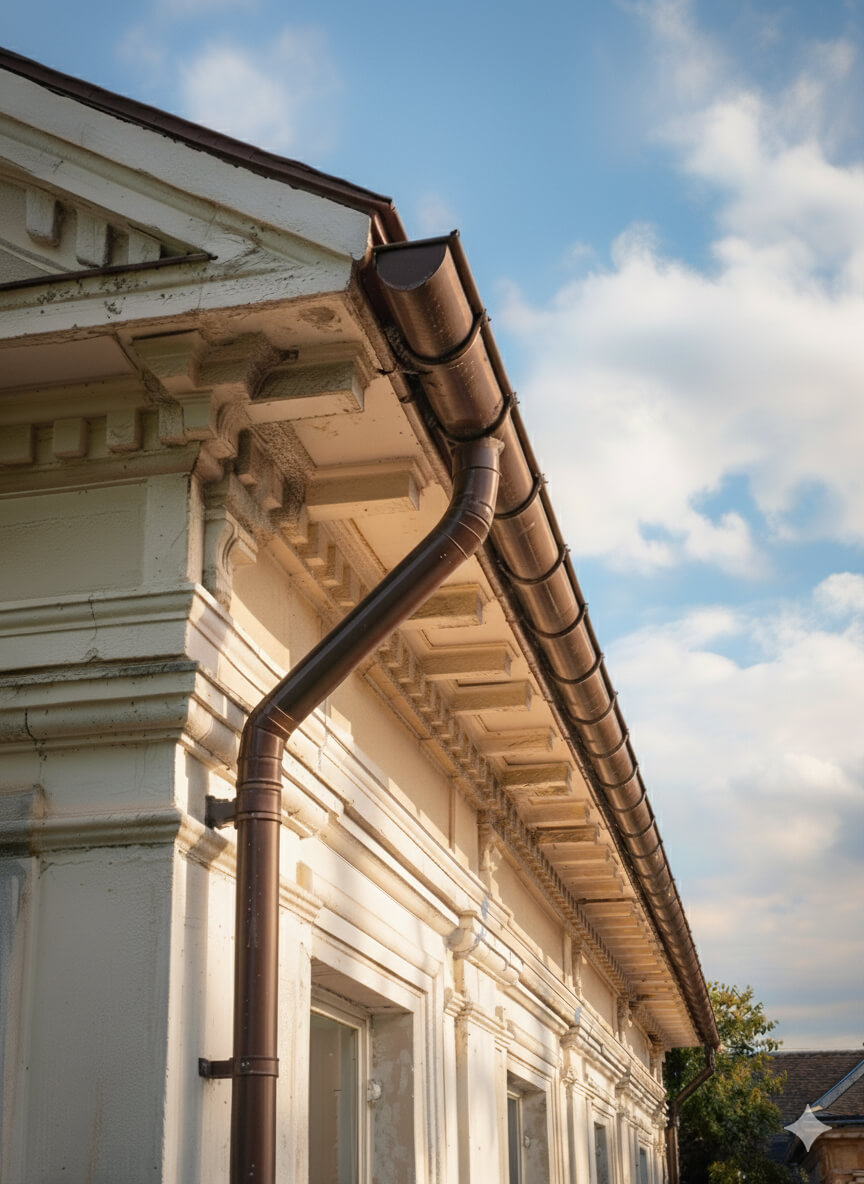

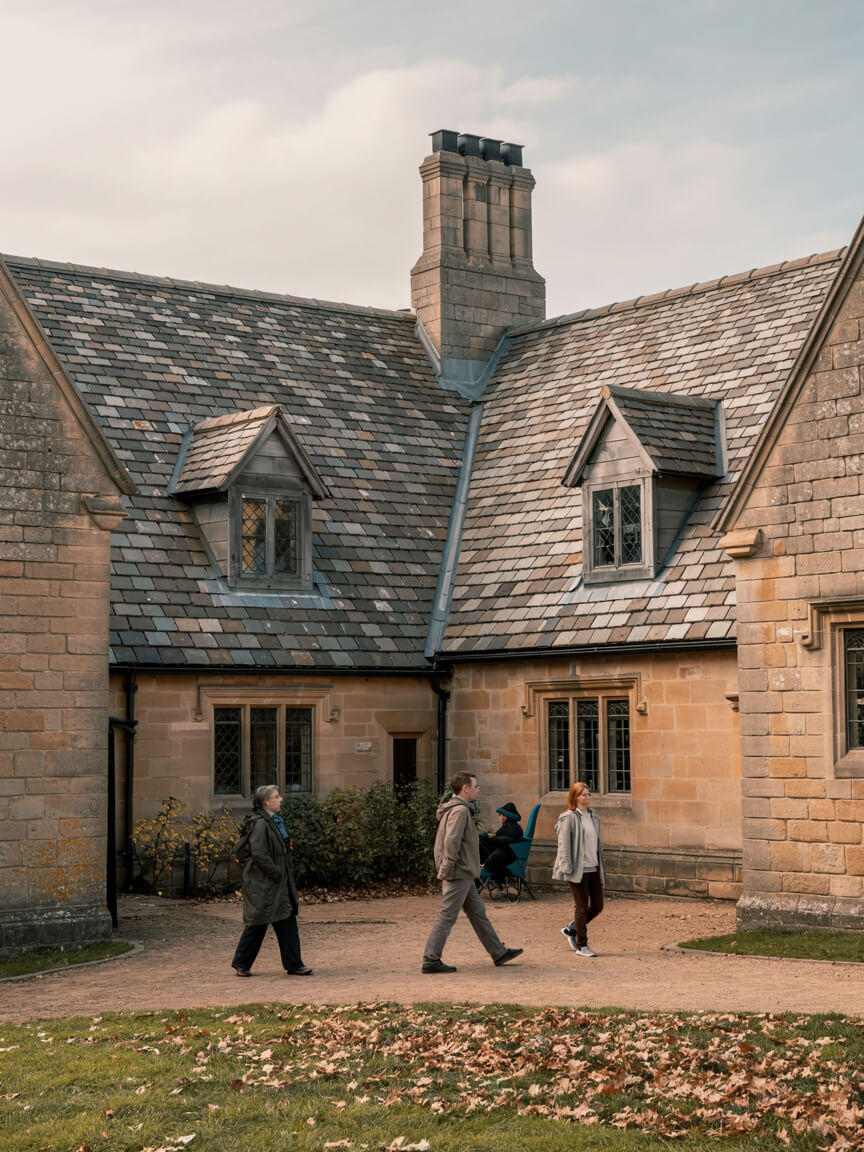
Every Roofing Services in Brentford project adapts to your property’s type, roof structure, and environment. Customisation ensures regulatory compliance, minimises disruption, and maximises value. Whether it’s a home, commercial site, or heritage building, our flexible approach secures the right result—delivering safety, efficiency, and reliability every time.
Homes, extensions, and listed buildings.
Offices, retail, schools, and hospitality.
Warehouses, factories, and logistics sites.
Every Roofing Services in Brentford project follows proven steps with quality materials. Whether new installation, upgrade, or repair, each layer adds durability, safety, and efficiency—protecting your property and ensuring full regulatory compliance.
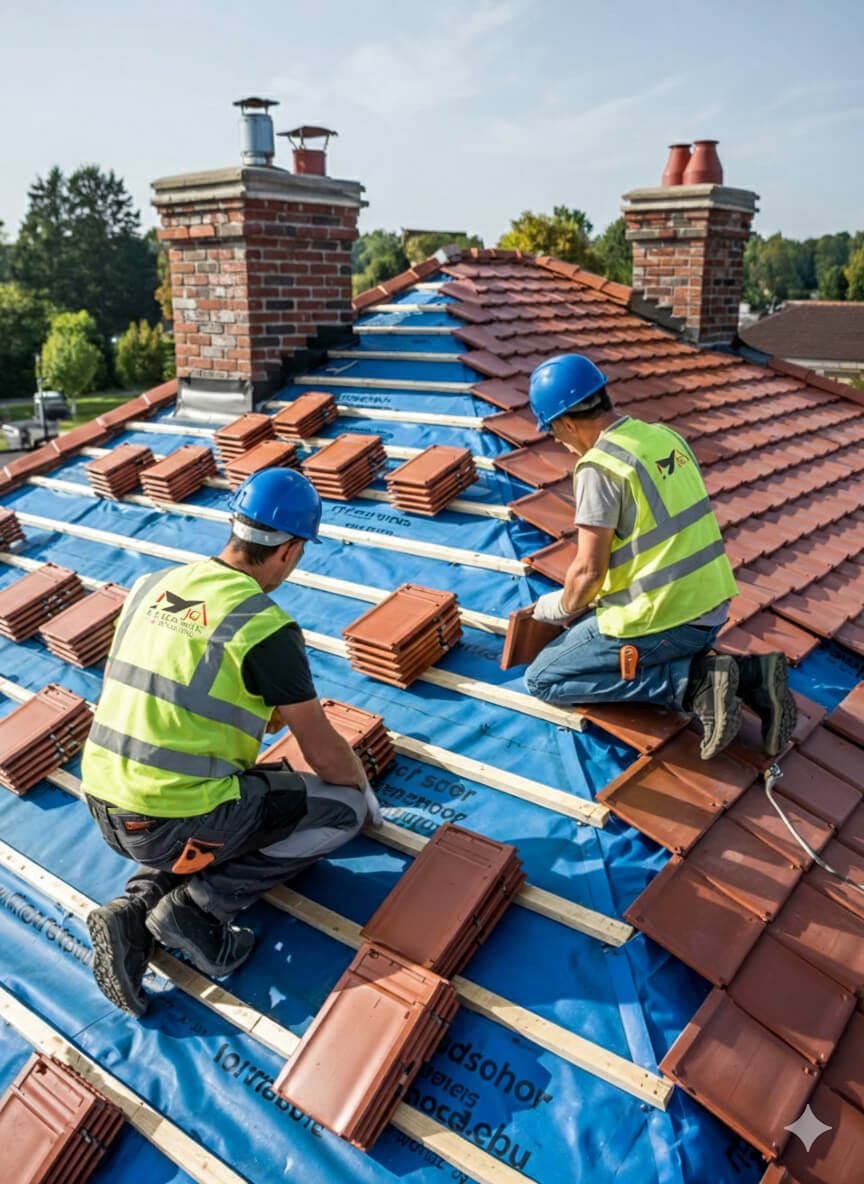
Get a free, no-obligation quote today.
Our experts are standing by to help you choose the perfect flat roofing solution.
⏱ Response within 24 hours guaranteed
Accredited by Which Trusted Trader, CITB, and approved by Kemper and Westwood, our team delivers safe, compliant, and warranty-protected Roofing Services in Brentford projects. These credentials mean guaranteed standards and long-term assurance—reinforced by the positive client reviews that consistently highlight quality, professionalism, and trust.


Complete reroofing. Living in Singapore at the time and T was super responsive and communicative.
Replacement of lead box gutter and new flashing to parapet wall. I had an excellent experience using James and the team. He was very prompt in all aspects of communication and completed a first class job. Really pleased.
James completed some repairs on our roof and replaced some of our pebble dash by the roof as well. He was very thorough and fixed everything. He kept us really informed by taking photos and showing us what he did and keeping us updated. It also went onto our neighbours roof and he did the same fo...
We had a leak in our bedroom and James fixed the roof for us to stop it from leaking. All the work came with a warranty. The work that was carried out was good. James and his team were polite, and did all the work quickly and without too much interruption to our day-to-day lives. Would recommend ...
J G Leadworks have repaired and replaced the roofs and gulleys over our warehouse and workshops which have meant both areas are now watertight
James and team were incredibly responsive to my request to look at a serious leak issue on my flat roof. They did a very thorough investigation and explained in detail the issue and gave a fair quote. They were quick to book in and complete the work and have checked in afterwards a few times to m...
James was quick to respond to the initial contact and was able to work around some time constraints I had. He explained what needed doing clearly and was happy to answer follow up questions. He took pictures to show each stage and I feel confident in the work that was done by James and the team. ...
JG Roofing were very easy to work with. Their quote was sensible and they stuck to that figure. They completed many repairs to my roof including, rebuilding a leaded gutter, reinforcing rotten rafters, rebuilding a long felted gutter and felting parapet walls, resurfacing and felting a flat roof,...
Planning and legal checks protect clients from costly errors, delays, and non-compliance, ensuring roofing projects meet regulatory and safety requirements.
Permission is typically required for listed properties, conservation areas, or major roof alterations. All projects must also satisfy Building Regulations, including Part A (structural safety) and Part L (energy efficiency), ensuring compliant and future-proofed installations.
Our team manages the full process, from initial surveys to legal guidance, preparing documentation, and liaising with local authorities where needed. Whether working on modern homes or heritage sites, we ensure every project is delivered legally, safely, and with minimal disruption—providing complete reassurance and peace of mind to property owners.

Every project unites skilled workmanship with rigorously tested materials.
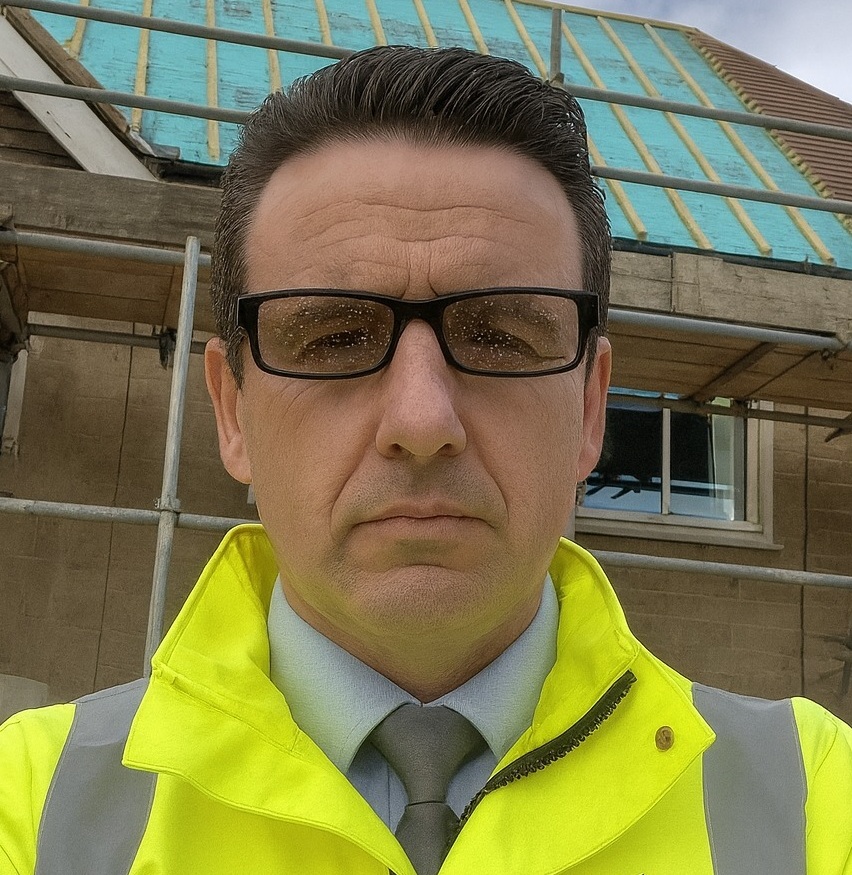
With 25 years of experience in lead sheet roofing, James is a trusted expert in heritage roofing, slate, and tiling. His knowledge of traditional methods, paired with modern compliance, makes him a go-to specialist for projects that demand both craftsmanship and durability.
Roofing Services in Brentford provides lasting protection, efficiency, and value, delivering durable, compliant roofing solutions that safeguard every type of property investment.
Selecting Roofing Services in Brentford involves balancing durability, budget, compliance, and aesthetics to secure the best-fit roofing solution for your property.
Why Clients Choose JG Leadwork and Roofing
With decades of trade experience, our teams understand the unique demands of London and Home Counties roofing. From heritage-listed properties to contemporary extensions, we adapt solutions to local regulations, weather conditions, and architectural styles with precision.
Accredited by Which Trusted Trader, CITB, and approved by Kemper, Westwood, IKO, ALM, and other leading suppliers.
These credentials guarantee safety, compliance, and access to manufacturer-backed warranties, giving clients peace of mind that their project meets the highest professional standards and benefits from warranty protection.
Our heritage projects use Welsh Slate and handmade clay tiles for authenticity, while leadwork is delivered to Lead Sheet Association (LSA) standards. Commercial installations employ Kemper and Westwood liquid systems for durability and efficiency. Each example demonstrates our reliability, blending traditional craftsmanship with modern performance.
Our workforce includes skilled roofers, heritage specialists, and safety-certified installers.
Every roofer holds NVQs, receives ongoing CPD training, and is qualified in both modern flat systems and traditional techniques, including slate and leadwork.
Team structure ensures projects run smoothly—surveyors identify needs, installers deliver with precision, and supervisors oversee compliance. This approach minimises disruption, accelerates timelines, and guarantees consistent quality across residential, commercial, and industrial roofing projects.
Every project is regulation-compliant, warranty-backed, and focused on long-term results.
Client testimonials and case studies confirm our track record, with projects praised for professionalism, durability, and customer support.
We go beyond installation with aftercare packages, maintenance support, and open communication at every stage. Property owners gain reassurance that JG Leadwork and Roofing stands behind its work. Book a free survey today and discover why homeowners, landlords, and businesses trust us with their roofing.

Get a free quote, rapid response, and expert service across London and the Home Counties. Contacting JG Leadwork and Roofing is your simple first step to dependable roofing solutions.
We source materials from leading suppliers including Supreme and IKO felt systems, Kemper, Westwood and Proteus liquid systems, Welsh Slate, handmade clay tiles, ALM Lead Mills, and Nicholson Air Track. These trusted brands guarantee durability, compliance, and warranty-backed performance across flat, pitched, heritage, and commercial roofing projects.
.
.
For homes, Roofing Services in Brentford safeguards comfort and enhances kerb appeal with durable, energy-efficient systems. Whether modern extensions or traditional pitched roofs, tailored solutions improve living standards and protect property value.
For businesses, Roofing Services in Brentford delivers cost-effective, large-scale installations with minimal disruption. Projects are planned around operations, with safety compliance, energy performance, and flexible scheduling built in—supporting offices, retail, schools, and industrial facilities with reliable, regulation-ready outcomes.
For heritage properties, Roofing Services in Brentford combines authentic materials such as Welsh slate, handmade clay tiles, and ALM lead with skilled conservation techniques. Listed building consent and conservation requirements are fully managed, ensuring traditional character is preserved while integrating modern weatherproofing. This careful balance provides long-term durability without compromising historic integrity or aesthetic value.
JG Leadwork and Roofing delivers Roofing Services in Brentford across housing, commercial, heritage, and public sectors. Every industry comes with unique requirements, from safety and compliance to efficiency and conservation. Our adaptability ensures projects are delivered with precision and professionalism—whether safeguarding homes, supporting business continuity, preserving history, or protecting critical public and healthcare facilities.
Durable roofing installed with minimal disruption, ensuring safe, regulation-compliant workspaces for staff and visitors.
High-standard, compliance-focused solutions protect community facilities while meeting strict safety and regulatory obligations.
Heavy-duty roofing tailored for wide spans, ventilation, and long-term maintenance efficiency.
Authentic materials and sensitive methods preserve historic character while adding modern protection.
Weatherproof systems that enhance kerb appeal and guarantee uninterrupted trading for outlets.
Tailored roofing improves guest comfort, safety, and ambience across hotels, restaurants, and venues.
Safe, durable systems designed for schools and universities with minimal learning disruption.
Specialist roofing solutions built for hygiene, safety, and regulatory compliance in medical environments.
Our team of NVQ-qualified roofers, LSTA-trained specialists, and health & safety-compliant professionals bring decades of combined experience. Every project is delivered with meticulous attention to detail, ensuring safe practices and consistent quality across flat, pitched, heritage, and commercial roofing disciplines.
Expertise includes heritage leadwork, slate and tile roofing, modern flat systems, and drone-assisted roof surveys. Ongoing CPD training ensures adaptability to both traditional craftsmanship and the latest innovations—giving clients confidence that every roof is built or repaired with proven skill and care.

A thorough survey highlights existing issues, structural considerations, and upgrade opportunities, ensuring the best-fit solution is identified from the very beginning.
Transparent, itemised quotes detail costs, timelines, and materials—giving you complete clarity and confidence before work starts, with no hidden surprises.
Scaffolding, access solutions, and robust safety measures are put in place to safeguard both property and people throughout the project.
Skilled roofers complete the work using accredited materials and proven techniques, delivering durable, compliant results while keeping disruption to a minimum—whether for repairs, replacements, or new installations.
Each stage is inspected against manufacturer standards and Building Regulations, with photographic documentation provided for transparency and peace of mind.
Each stage is inspected against manufacturer standards and Building Regulations, with photographic documentation provided for transparency and peace of mind.
In a competitive roofing market, many providers look the same on paper. JG Leadwork and Roofing stands out through proven expertise, accredited methods, and specialist techniques. Our combination of traditional craftsmanship and modern technology makes us the safer, smarter choice across residential, commercial, industrial, and heritage projects.
In a competitive roofing market, many providers look the same on paper. JG Leadwork and Roofing stands out through proven expertise, accredited methods, and specialist techniques. Our combination of traditional craftsmanship and modern technology makes us the safer, smarter choice across residential, commercial, industrial, and heritage projects.

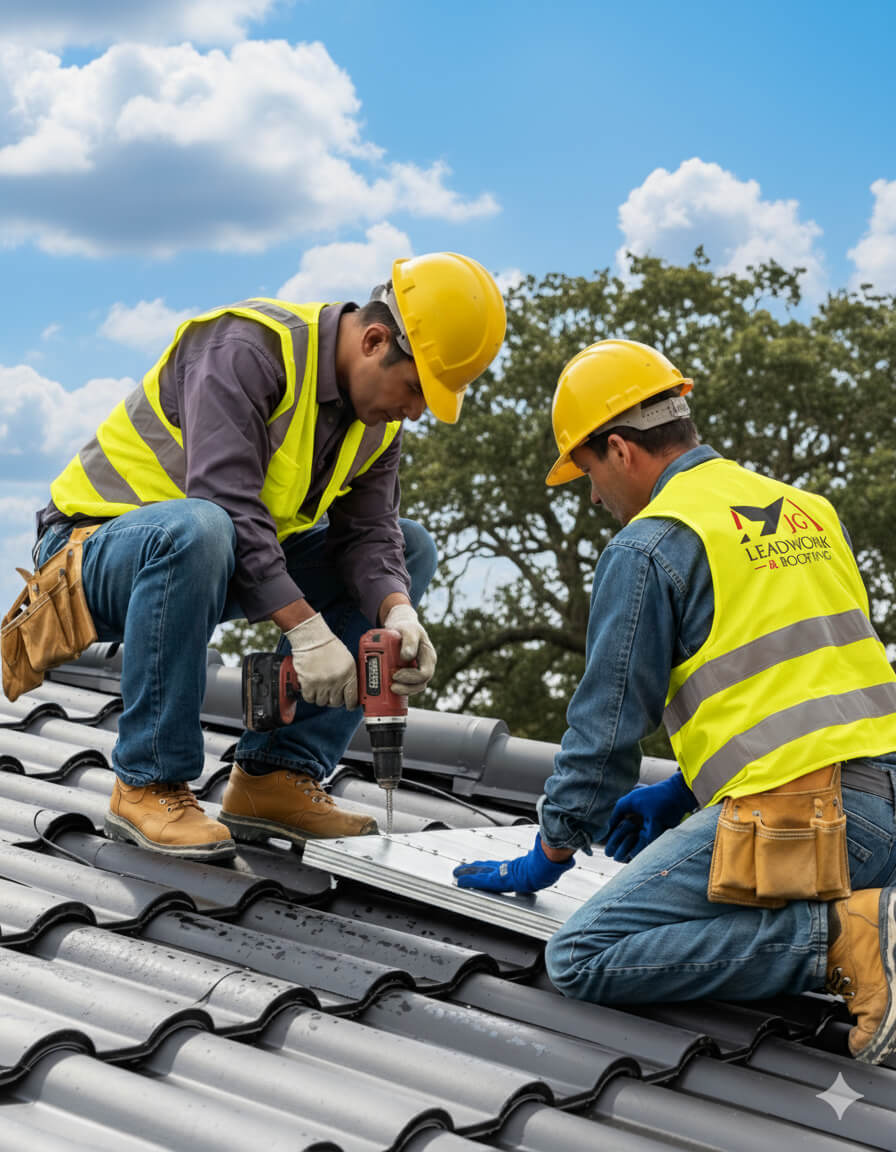
At JG Leadwork and Roofing, every project follows a structured QA process. Each stage—materials, installation, safety, and final sign-off—is measured against manufacturer specifications and UK Building Regulations to ensure durability, compliance, and warranty-backed performance across all roofing services.
Projects are only signed off once all QA checks are complete, giving clients confidence in long-term performance, structural safety, and insurance-backed peace of mind.
Every Roofing Services in Brentford project by JG Leadwork and Roofing is delivered in strict alignment with UK Building Regulations and recognised frameworks. This ensures structural safety, energy efficiency, durability, and protects warranties and insurance coverage across residential, commercial, industrial, and heritage properties.
Clients can be confident their project is completed legally, safely, and insurance-ready—delivering long-term performance, compliance assurance, and complete peace of mind.
Property owners often wonder about Roofing Services in Brentford—from costs and timescales to permissions. Below, you’ll find straightforward, trustworthy answers to the most frequent and practical queries.
Roof leaks following heavy rain are a leading cause of stress for property owners in Brentford and can quickly escalate from a minor nuisance to costly, insurance-sensitive damage if neglected. Persistent leaks not only risk staining and structural decay but may indicate deeper design or maintenance failings that compromise both property value and safety. By understanding the main root causes, you can better interpret early warning signs and take timely action to protect your building.
Ageing is a common culprit, especially on felt, EPDM, or older tiled/slate roofs. Over time, the waterproof membrane — the critical barrier below tiles/slates or forming the main surface on flat roofs — can suffer from ultraviolet (UV) degradation, thermal movement, and physical wear. As a result, fine cracks or crazing appear. In pitched roofs, slipped tiles or eroded mortar allow direct rain ingress. On flat roofs, seams may split, blisters form, or the top layer becomes brittle and prone to punctures. Even a hairline tear admits moisture through capillary action (water creeping into tight gaps), which can saturate insulation or roof timbers beneath. Visible signs include damp patches on ceilings, water tracks down interior walls, and bubbling render — often after rainfall stops, since trapped water slowly migrates. If unaddressed, rot sets in and costly timber replacement may follow.
Flashing—the strips of weatherproof material (commonly lead or high-grade polymer) fitted at junctions such as chimneys, valleys, or where a roof meets a wall—is especially vulnerable. Over years, movement in building structures, thermal expansion, and freeze–thaw cycles can crack or dislodge these details. Sometimes the initial instal used cement fillets instead of proper flashing, which erodes much faster under Brentford’s wind-driven rain. Once flashing fails, water exploits these weak points, tracking under tiles, behind rendering, or even directly into lofts. Telltale signs are visible streaks or stains below chimneys, crumbling brickwork at abutments, discoloured plaster, and musty odours. At ground level, “salting” (white powdery deposits on interior walls) can appear. The risk here isn’t just cosmetic; unchecked, this can undermine walls or ceilings and lead to hidden, significant decay.
Flat roofs in Brentford frequently suffer from ponding water, where rain pools in low spots because the roof lacks a proper “fall” (sloping for drainage). Even shallow pools (as little as 5mm deep, persistent for over 48 hours as per British Standards) accelerate membrane deterioration and promote ingress at seams and edges. In cold months, standing water can freeze/thaw, stressing the membrane. Another major factor is interstitial condensation – moisture forming inside the roof build-up if insulation and ventilation are poorly managed. This can occur even without direct leaks and is linked to Part L of UK Building Regulations, which governs energy efficiency and condensation risk. Symptoms include unexplained damp patches, mould growth, and a persistent “cold, clammy” feel in roof or attic spaces. Long-term, this can degrade insulation performance and become a trigger for timber rot.
Accurate diagnosis relies on a mix of methods, each suited to the roof’s construction. A visual survey—from ground and at roof level—may reveal cracked tiles, sagging membranes, or debris blocking gutters/valleys. For hidden problems, moisture metres detect intrusion beneath surfaces, while borescopes (small cameras) allow viewing inside cavities without major disruption. Drones offer a safe route for inspecting difficult-to-access or fragile areas. On flat roofs, a core sample—physically extracting a small plug from the system—confirms the health of insulation layers, moisture levels, and any hidden trapping of water or vapour. Where condensation is suspected, thermographic imaging (infrared heat mapping) can highlight cold bridges and poorly insulated sections.
| Root Cause | Typical Symptom | Major Risk if Ignored | Indicative Remedy |
|---|---|---|---|
| Ageing/Damaged Membrane | Damp patches, blisters | Rot, insulation failure | Membrane repair/replacement |
| Failed Flashings/Detailing | Streaks, interior salt | Internal damp, structural | Reflash or upgrade detail |
| Standing Water (Ponding) | Visible roof pools | Membrane breakdown, leaks | Improve falls, local rebuild |
| Poor Insulation/Ventilation | Mould, cold surfaces | Condensation, hidden rot | Upgrade insulation & airflow |
Ultimately, roof leaks after heavy rain are rarely random. They are the result of tangible, identifiable issues that trained experts can confirm with evidence-led diagnosis, helping you avoid escalating costs and preserve the integrity of your Brentford property.
The price difference between slate and tile roofing in London is shaped by more than just the material’s base cost per square metre. Property owners should compare not only supply prices but also installation methods, long-term maintenance, and how UK regulations constrain or enable choices. These elements are crucial when budgeting for a new roof or planning refurbishment, especially in a city where historic conservation and construction standards carry real financial weight. Here’s a plain-English breakdown of the key decision factors involved.
Slate roofing uses natural stone—often sourced from Wales or Spain—while tile roofing typically involves concrete or clay units. Slate offers a distinctive appearance and exceptional longevity (often 80–100+ years), with very strong weather resistance. The initial outlay for slate is higher than for most roofing tiles, due both to the cost of the material and the specialised handling it requires. Tiles, especially concrete types, tend to be cheaper, delivered in regular sizes that speed up installation.
An expertly installed slate roof may endure two or three generations longer than most tiles, which often need replacing after 30–60 years. This lifespan can make slate more cost-effective over the very long term, but only if a property’s budget and purpose warrant such an investment.
UK regulations require both slate and tile roofs to comply with BS 5534, the British Standard for slating and tiling, detailing how each material must be fixed, supported, and weatherproofed. Because natural slate is denser and heavier per square metre than most concrete or clay tiles, Part A of the Building Regulations (which governs structural safety) sometimes demands that older roofs are reinforced or battens replaced before slate can be used.
Fitting tiles, especially modern interlocking concrete types, is usually quicker and cheaper than working with hand-cut slate, as tiles are uniform and can be laid by standard crews. In contrast, slates must be shaped and fixed individually, requiring highly skilled labour and extra time. With slate, specialist installation can make labour costs 50–60% of the project, versus 40–50% for tiled roofs.
London’s varied climate—wind, rain, and seasonal temperature swings—demands resilient roofing from any material. In conservation areas or listed properties, planning authorities may explicitly require Welsh or reclaimed slate, or traditional clay tiles, to preserve a building’s historical appearance. These requirements directly increase cost, since authentic materials and heritage-appropriate fittings (e.g., lead flashing, lime mortar) are more expensive and require specialist craftsmen.
For new or non-listed buildings, concrete tiles may be permitted as a more budget-friendly solution, if they meet essential performance standards, including wind resistance and minimum U-value (a measure of heat loss; lower = better insulation), when combined with compliant insulation underlays per Part L.
A side-by-side summary of the main points:
| Factor | Slate Roofing | Tile Roofing (Clay/Concrete) | Why It Matters |
|---|---|---|---|
| Material cost per m² | £35–£70 (natural slate) | £15–£50 (concrete/clay) | Slate is much dearer, especially heritage type |
| Installation labour | Highest (specialist needed) | Lower (standard skills) | Slate takes longer and higher expertise |
| Lifespan | 80–100+ years | 30–60 years | Slate may last 2–3 times longer |
| Maintenance | Low (well-fitted slate) | Medium (tiles can crack/detach) | Impacts future repair costs |
| Heritage compliance | May be required | Only if approved by planning | Dictates options on listed/conservation homes |
| Part L (energy) | Needs compliant underlay | Needs compliant underlay | Both must achieve insulation targets |
To make an informed decision, first determine if planning or heritage rules restrict your options, assess the structure’s capacity for heavier material, then balance lifecycle value and appearance preferences against upfront costs. Regulatory compliance, not just price, frequently decides what is possible for your property in London.
Most residential roof installations in the UK are completed within 3 to 7 working days, though timelines can expand to several weeks for commercial, heritage, or unusually complex projects. Knowing how long your roof installation may take is central to planning for disruption, arranging tenant or staff coordination, meeting insurance requirements, and budgeting realistically—especially relevant for homeowners, landlords, facilities managers, and heritage custodians. Timelines depend on multiple variables that can shift your expectations even after the project is underway.
Even the best planning can’t move the weather, but understanding common delays helps you take them in stride.
Installation speed depends chiefly on roof size, existing structure, material choice, and project scope. Here’s what you can expect for UK properties:
A well-planned residential installation usually achieves “watertight” status within the first two days, even if final layers and detailing take longer. Sequenced surveying and adaptable project management (including weather contingency) are essential for sticking to target dates.
A roof’s installation timeline will shift if:
Regular roof maintenance can extend the lifespan of any system. Typical expectations include:
Attending to blocked outlets and early signs of damage reduces large claims, protects interiors, and saves major repair costs later.
Routine inspection and minor repairs have a direct impact on roof longevity. The following table offers realistic benchmarks for UK roof materials:
| Material | Typical Lifespan | Inspection Frequency | Maintenance Needs |
|---|---|---|---|
| Slate | 80–100 years | Every 5 years | Replace broken units, clear moss |
| Clay Tile | 60–80 years | Every 3–5 years | Repoint ridges, swap cracked tiles |
| Felt (flat) | 10–20 years | Every 2 years | Patch splits, reseal vulnerable edges |
| EPDM (flat) | 20–40 years | Every 2 years | Remove leaves, check seams |
| Liquid Systems | 25–40 years | Every 3 years | Inspect joints, refresh topcoat as needed |
Consistent, scheduled maintenance guarantees a longer roof life and compliance for properties with legal or warranty obligations. Heritage sites, in particular, should prioritise specialist maintenance not just for performance but to meet preservation requirements.
For property owners in Brentford, knowing whether to repair a roof or opt for full replacement is a major financial decision, often triggered by leaks, ageing materials, or weather damage. Repairs may seem sufficient for isolated issues, but widespread wear, structural problems, or frequent leaks usually signal the need for a complete replacement. The right path depends on objective cost comparisons, understanding warranty protections, and ensuring your installer holds the right accreditations. Making the wrong choice or using shortcuts can lead to cascading costs and compliance headaches down the line.
The expense of roofing work varies greatly depending on the service provided, the scale of the project, access difficulties, and materials chosen. Labour for repairs is often minimal, but full replacement involves stripping, disposing, and rebuilding roof layers from structure to finish.
| Service Type | Typical Range (UK) | Key Influences |
|---|---|---|
| Roof Repair | £250 – £1,200 | Damage type, Access, Materials |
| Roof Replacement | £5,000 – £15,000+ | Size, Structure, Insulation, Finish |
Small roof repairs, such as swapping out a handful of slipped slates or patching an isolated leak, typically range from £250 to £1,200, with variations due to location, roof pitch, and urgency. Full roof replacement can start around £5,000 for small terraced residences but can exceed £15,000 for larger, complex or heritage buildings, especially if significant insulation upgrades or new leadwork are required. Commercial roofs, flat systems, or properties with limited access (e.g., those requiring scaffolding or traffic management) will trend toward the upper range. Material choices—such as natural slate, torch-on felt, or modern membranes—also affect the final tally.
A reputable contractor should always offer an insurance-backed warranty covering both materials and workmanship for a defined period—commonly 10 to 20 years for replacements and at least 1–5 years for major repairs. Many replacement systems also include a manufacturer’s warranty, which may extend even longer on approved products. These warranties protect you from unforeseen failures caused by hidden defects or installation errors and are essential for passing mortgage surveys or updating insurance on a property. In the UK, meeting Part L compliance—demonstrating your roof achieves required insulation and energy efficiency benchmarks—is crucial for both warranties and future resale value. Without such warranty documentation, it becomes difficult to prove compliance if challenged by insurers or local building control.
Trust in your roofing provider starts with choosing an accredited installer. Look for evidence of formal training (e.g., NVQ Level 2/3 in Roofing Occupations, CITB skills certification), membership with schemes like Which? Trusted Trader or the Confederation of Roofing Contractors, and proof of ongoing safety/standards training. These credentials reflect a commitment to best practice: not only will tasks like lead flashing, insulation upgrades, and flat roof waterproofing meet UK standards, but the installer will also have access to manufacturer warranties—offered only to recognised, well-vetted tradespeople. Accredited installers ensure compliance with BS5534, Part L, and other building regulations, greatly reducing your risk of insurance claim refusal or safety issues.
It may be tempting to cut corners by layering new materials over old, skipping rotten decking repairs, or avoiding modern insulation in loft spaces. But these shortcuts can trigger rapid structural decay, void insurance coverage, and lead to excess heat loss or damp ingress. Defective roofs often fail at junctions (e.g., around chimneys or valleys) where poor workmanship results in chronic leaks, condensation, or hidden rot. Insurers routinely refuse claims for storm or water damage if installation doesn’t meet Part L compliance or is deemed substandard. Upfront savings from unqualified work can morph into multi-thousand pound liabilities—especially when future buyers or surveyors discover deeper issues concealed beneath rushed cosmetic fixes.